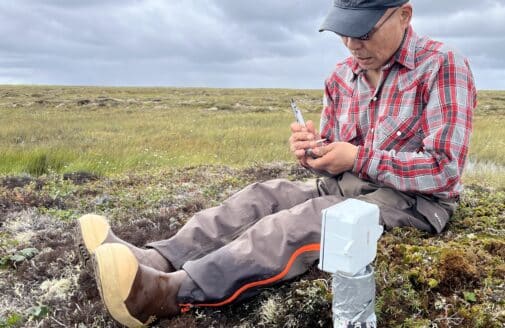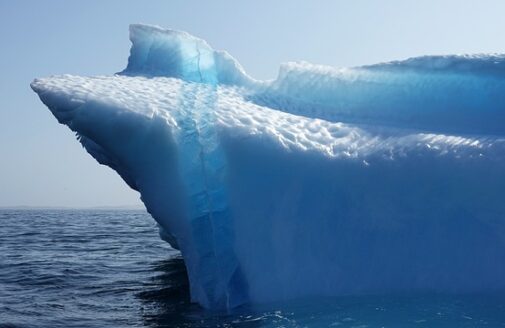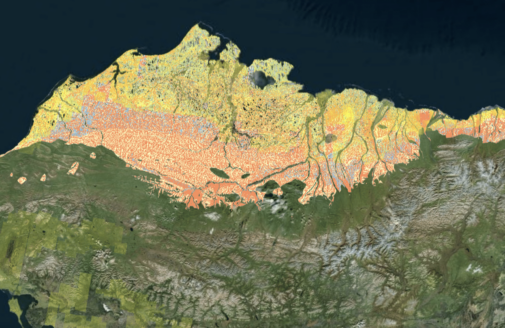North American forest carbon absorption hurt by warming, study finds
Northern Hemisphere forests have been soaking up more carbon dioxide during growing seasons over the last 60 years, according to a new study that included Woodwell Climate Research Center scientist Dr. Brendan Rogers, but it concludes that the effect is not uniform, with most of the greening and increased photosynthesis happening in Eurasia. Meanwhile, researchers warn that warming is increasing stress on the high-latitude forests of Alaska and Canada.
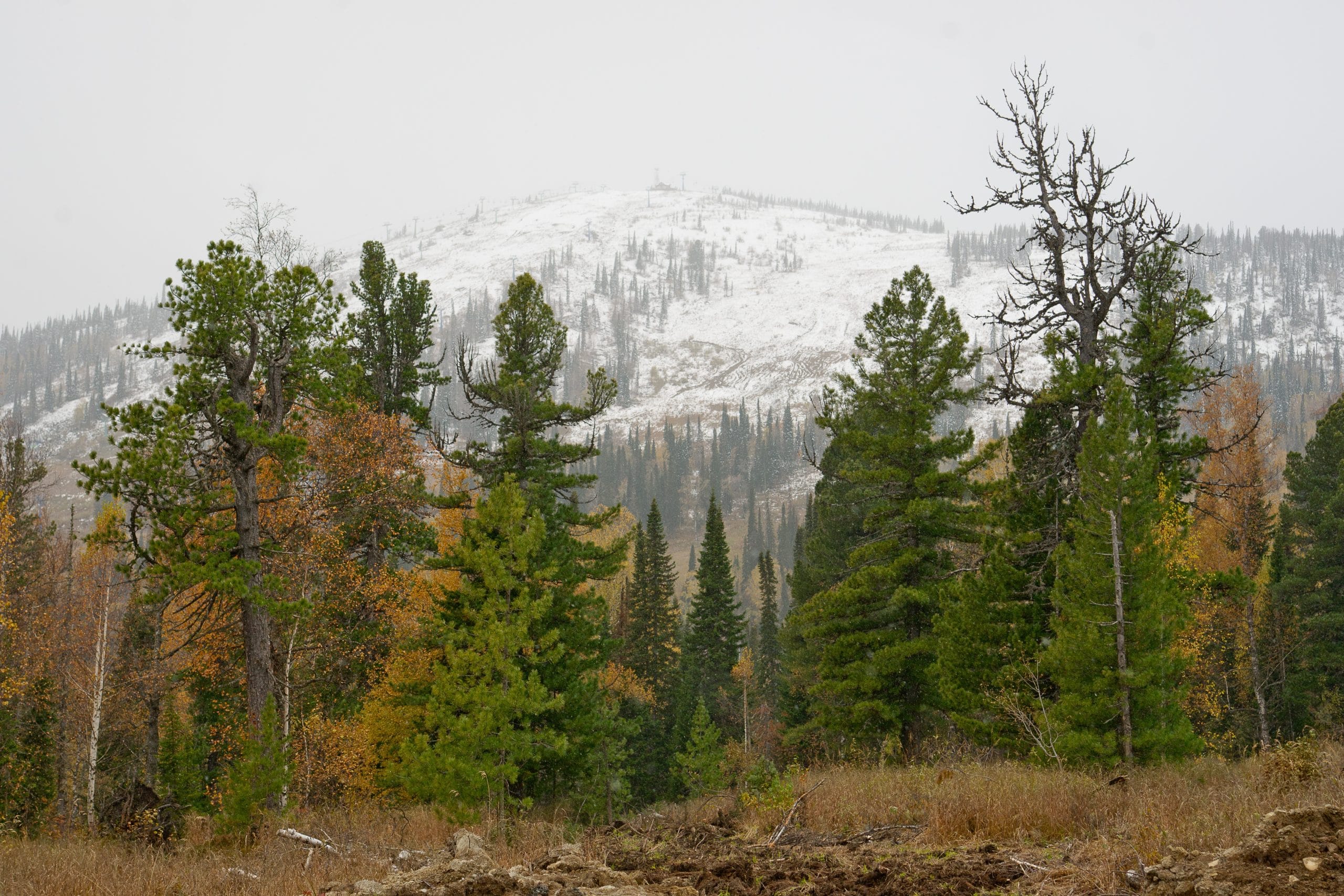
Above: Siberian forest
Vegetation of the Northern Hemisphere removes CO2 from the atmosphere in its productive growing phase, then returns CO2 to the air when it dies and decomposes. This seasonal cycle creates a ripple in the atmosphere’s CO2 concentration. Measurements of CO2 at Utqiagvik, Alaska (formerly Barrow) date back to 1960, showing a 30-50% increase in the seasonal amplitude of CO2 fluctuations, a phenomenon known as “the hyperventilating biosphere.” While previous research has described these changes and debated whether increased photosynthesis in the summer versus increased decomposition, or CO2 emissions, in the winter were the main drivers, regional contributions from the two polar continents had been largely overlooked.
“There’s been a simple narrative that warmer temperatures and CO2 fertilization has been universally fueling plant photosynthesis across the high latitudes,” said Dr. Rogers. “While that’s true on the whole, we found starkly divergent responses across regions.”
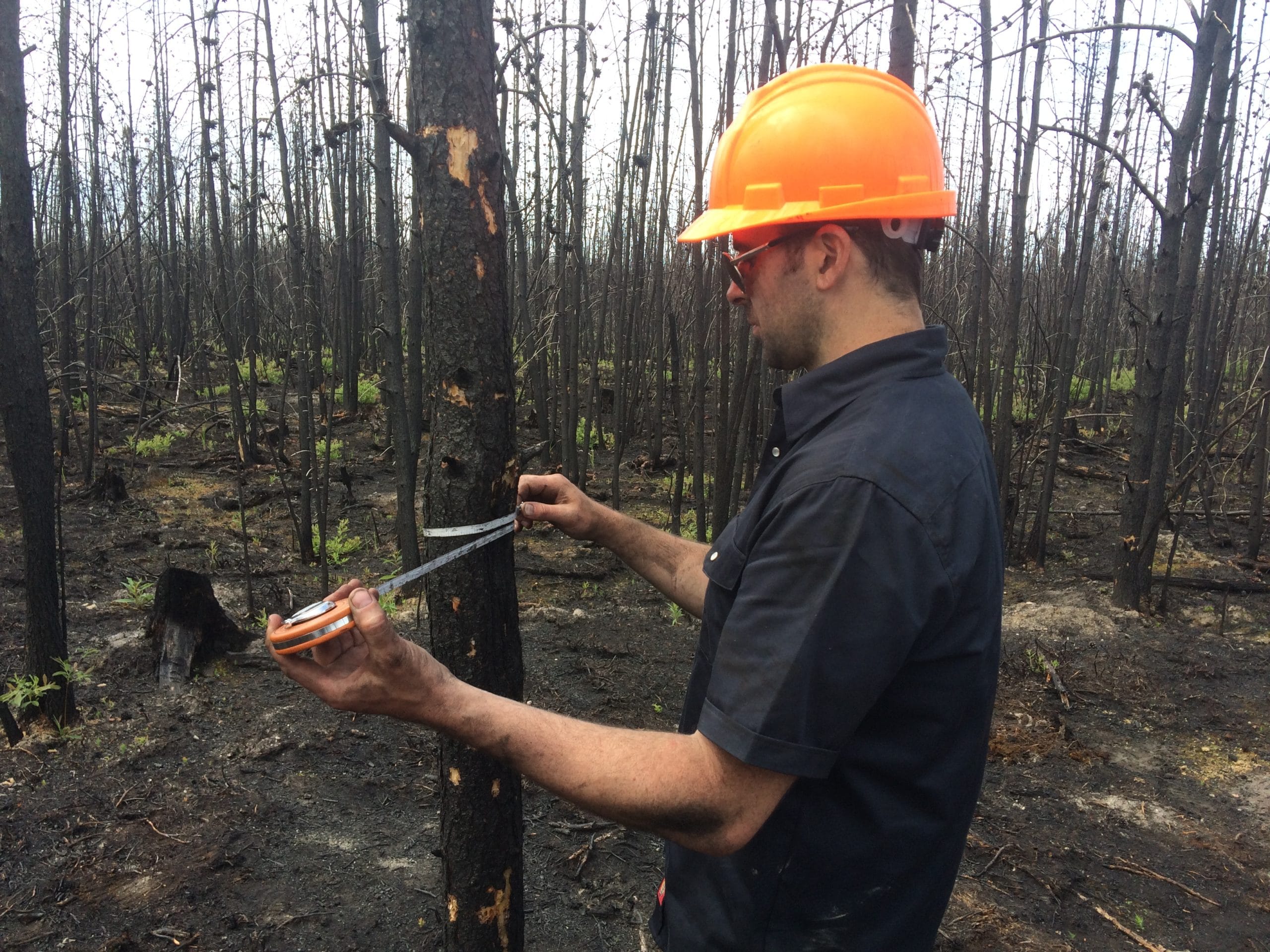
Above: Dr. Brendan Rogers examines a fire-damaged forest.
The new analysis suggests that Siberia has seen a stronger greening trend, which has strengthened its summer carbon sink and amplified the difference between winter and summer. In contrast, the North American Arctic-boreal zone is showing much more browning as a result of worsening fires, pests, and droughts.
Those continental contrasts are backed up by observations made in the field and through remote sensing, providing independent evidence for differing ecological responses and carbon dynamics to global change drivers. It’s unclear exactly why Siberia is doing better in a warming world than North America, but it may benefit from having a different mix of tree species, continuous permafrost that holds up the water table during droughts, or weather teleconnections that buffer the worst dry periods.
Above: 2020 Woodwell Climate Kaneb Webinar Series Event: Northern Forests at Risk
Data used in the study extended through 2017. Heat waves and rampant wildfires across Siberia, such as we’ve seen the past two summers, counteract its carbon sink strength and could make the region look more like its North American counterpart – which would be bad news for climate change.
The study was led by researchers at the University of Michigan and utilized NOAA observational data. It was supported by funding from the NASA Arctic-Boreal Vulnerability Experiment (ABoVE) and Carbon Cycle Science programs.
Going forward, we need to make sure our carbon budgets and models are fully incorporating what’s happening in Alaska and Canada. The region may soon transition from a carbon sink to a source.Dr. Brendan Rogers





